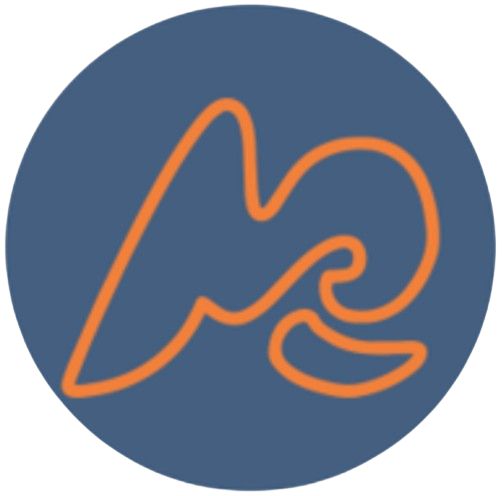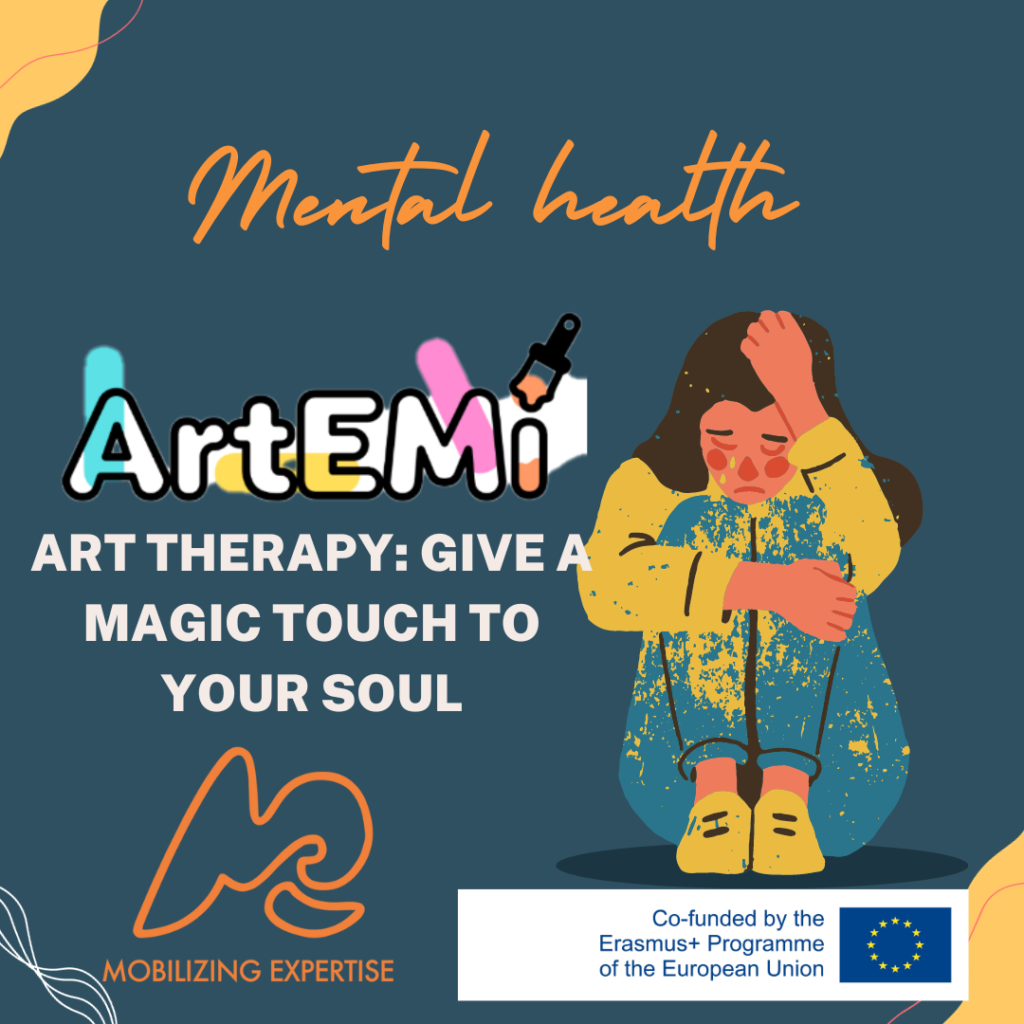Nowadays, it is more crucial than ever to deal with challenges such as stress, anxiety, and a busy pace. Many ways are being found to protect and strengthen our mental health, and art therapy is attracting more and more attention in this process. Art therapy is not just a drawing with a paintbrush, a musical note, or a pencil; it is also a tool for inner exploration, freedom of expression, and guidance on the path to emotional healing.
Art therapy helps to release and understand one’s inner world. A colorful canvas allows us to express the complexity of our emotions and create a breathing space for our mind. Music offers a new experience, going behind the words and moving our emotions from one note to the next. Writing helps us find inner harmony as we put our thoughts and feelings down on paper.
This method of therapy is an alternative way for people who find it difficult to express themselves in words alone or who are afraid to speak. Art can help individuals access their unconscious emotional layers and explore their inner world. It can also help to reduce emotional baggage, increase self-worth, and improve quality of life.
Art therapy can be effective across a wide age range, from children to adults, and can be used in many different contexts. This form of therapy is used by psychologists, advisors, social workers, and other health professionals.
In view of all this, with the ARTEMI project, we focused on how art therapy contributes to women’s expression skills because we wanted this therapy method to be more easily accessible and known by society. Making this method widespread would be very useful, especially for disadvantaged groups with difficulties in expression.
There are many studies and research projects on art therapy around the world. Lund University is one of them. Faculty members at Lund University have conducted comprehensive and informative research on this subject. It is an excellent resource for those interested in art therapy. If you would like to learn more, you can access the article and the web page of the research by clicking on the link below.

